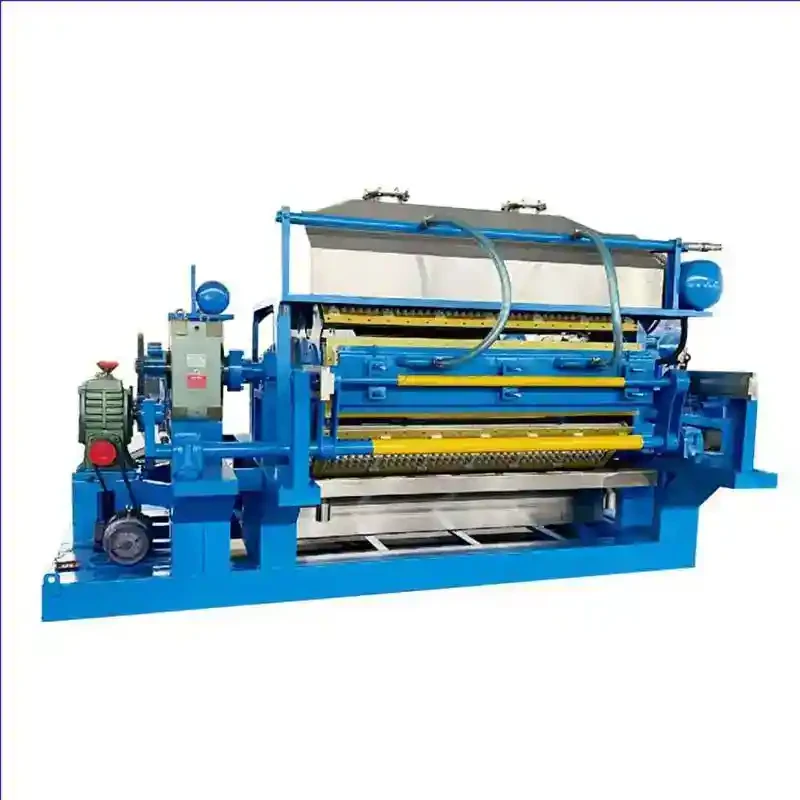Poultry Scalding Tanks for Efficient Processing and Enhanced Meat Quality
Dec . 10, 2024 13:40 Back to list
Poultry Scalding Tanks for Efficient Processing and Enhanced Meat Quality
Understanding Scalding Tanks in Poultry Processing
Scalding tanks are a crucial component of poultry processing, designed to facilitate the removal of feathers from birds once they have been slaughtered. This process not only ensures the cleanliness and marketability of poultry products but also plays a significant role in food safety. In this article, we will explore the function of scalding tanks, the process involved, and the innovations that are shaping this essential aspect of the poultry industry.
The Purpose of Scalding
When chickens, turkeys, or other poultry are processed, they must first undergo a scalding process. Feathers are tightly adhered to the skin of the bird, making their removal challenging. Scalding involves immersing the birds in hot water, which loosens the feathers and allows for easier plucking. Typically, the water temperature ranges from 140°F to 160°F, varying based on the type of bird and the desired outcome. A successful scald can greatly enhance the efficiency of the plucking process, as well as reduce the risk of contaminants on the meat.
The Scalding Process
The scalding process begins with the birds being transported from the slaughtering area to the scalding tanks. Prior to entering the tanks, the birds may be stunned to ensure they are unconscious and minimize stress, which can improve meat quality. Once the birds are placed into the scalding tank, they are submerged in hot water for a specific duration, usually between 30 seconds to a few minutes.
During this period, the hot water penetrates the skin, breaking down the protein bonds that hold the feathers in place. The timing of this immersion is crucial; too short a time may result in ineffective feather removal, while too long can cause damage to the skin and degrade the overall quality of the meat.
scalding tank poultry

After scalding, the birds are immediately transferred to mechanical plucking machines where the loose feathers are removed. This efficient transition from scalding to plucking is vital for maintaining hygiene and minimizing the time from slaughter to processing.
Innovations in Scalding Technology
As the poultry industry continues to evolve, so too does the technology surrounding scalding tanks. Recent advancements focus on enhancing efficiency and ensuring compliance with food safety regulations. One notable development is the introduction of more precise temperature control systems, which allow processors to maintain optimal heating conditions consistently.
Additionally, eco-friendly practices are being integrated into scalding operations. Some facilities are adopting water recycling methods to reduce waste, while also using cleaner energy sources to heat the water. These innovations not only contribute to sustainability but also help companies meet increasing consumer demand for ethically produced food.
Moreover, automation in poultry processing has not spared the scalding stage. With the implementation of automated systems, the risk of human error is significantly reduced, and consistency in temperature and timing can be achieved across batches. This ultimately leads to better quality control and enhances the end product's safety and reliability.
Conclusion
Scalding tanks play an integral role in poultry processing, serving as a vital step in ensuring products are safe, clean, and ready for market. As the industry continues to innovate, the implementation of advanced technologies and sustainable practices will likely reshape scalding methods, enhancing efficiency while addressing environmental concerns. With these developments, poultry processing can meet the growing demands of consumers, ensuring that high-quality meat remains accessible and safe for all. Understanding the significance of scalding tanks not only highlights the complexities of poultry processing but also emphasizes the importance of continual improvement in food production practices.
-
Hot Sale 24 & 18 Door Rabbit Cages - Premium Breeding Solutions
NewsJul.25,2025
-
Automatic Feeding Line System Pan Feeder Nipple Drinker - Anping County Yize Metal Products Co., Ltd.
NewsJul.21,2025
-
Automatic Feeding Line System Pan Feeder Nipple Drinker - Anping County Yize Metal Products Co., Ltd.
NewsJul.21,2025
-
Automatic Feeding Line System - Anping Yize | Precision & Nipple
NewsJul.21,2025
-
Automatic Feeding Line System - Anping Yize | Precision & Nipple
NewsJul.21,2025
-
Automatic Feeding Line System-Anping County Yize Metal Products Co., Ltd.|Efficient Feed Distribution&Customized Animal Farming Solutions
NewsJul.21,2025






